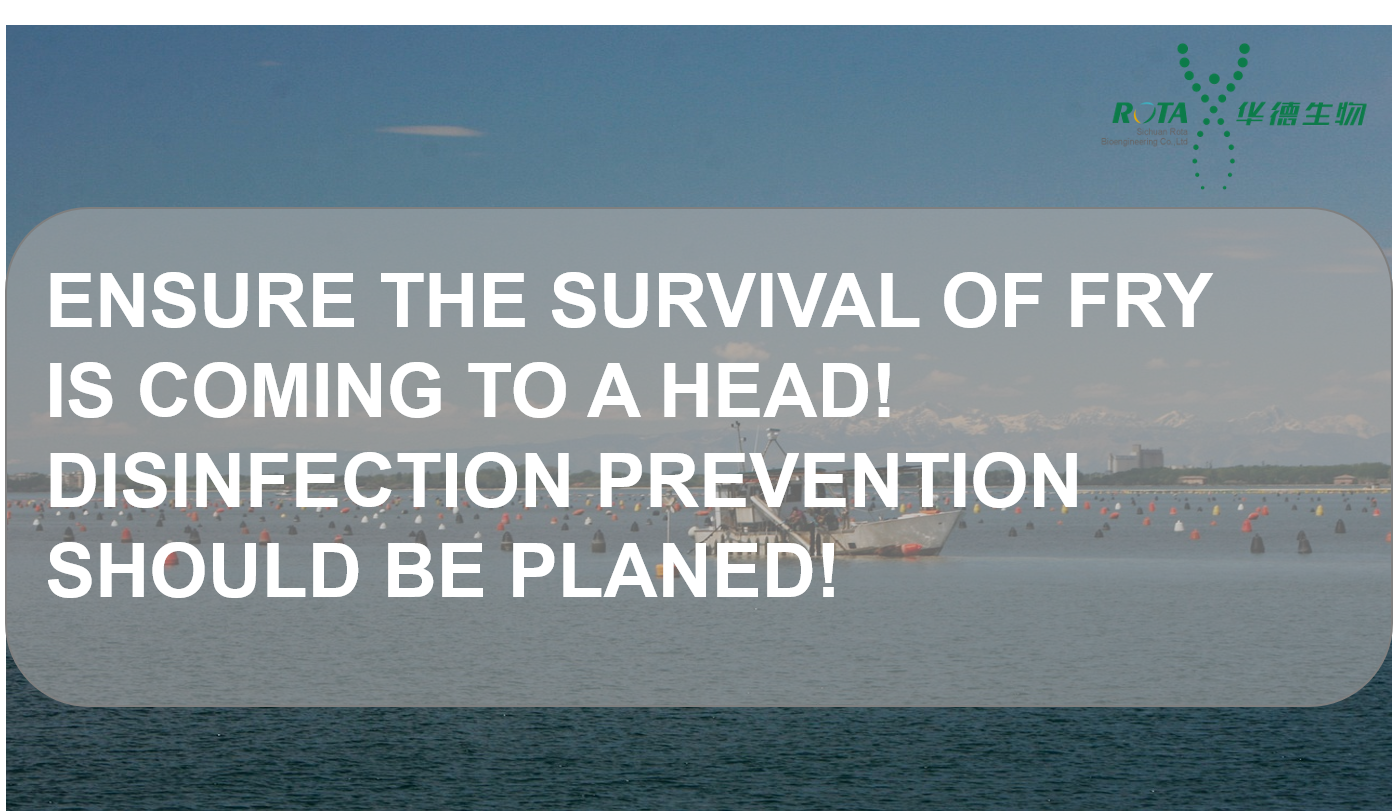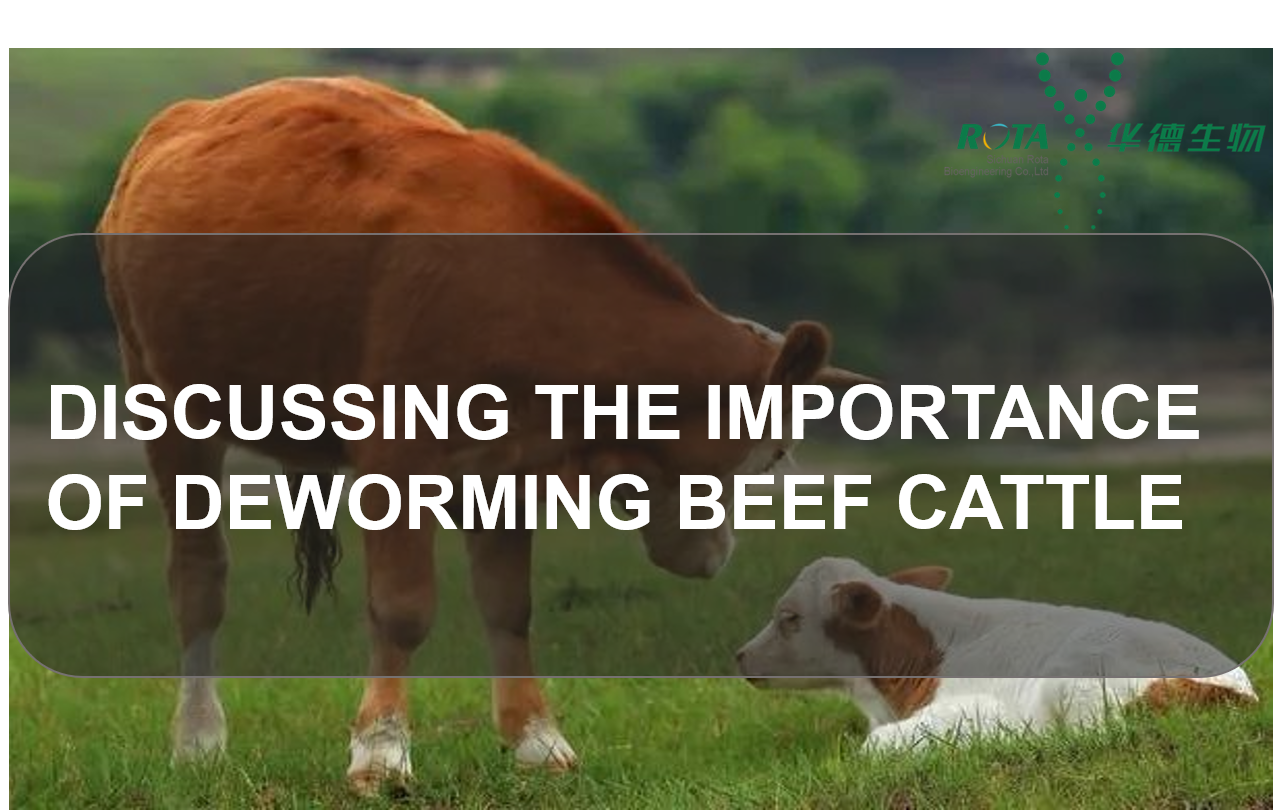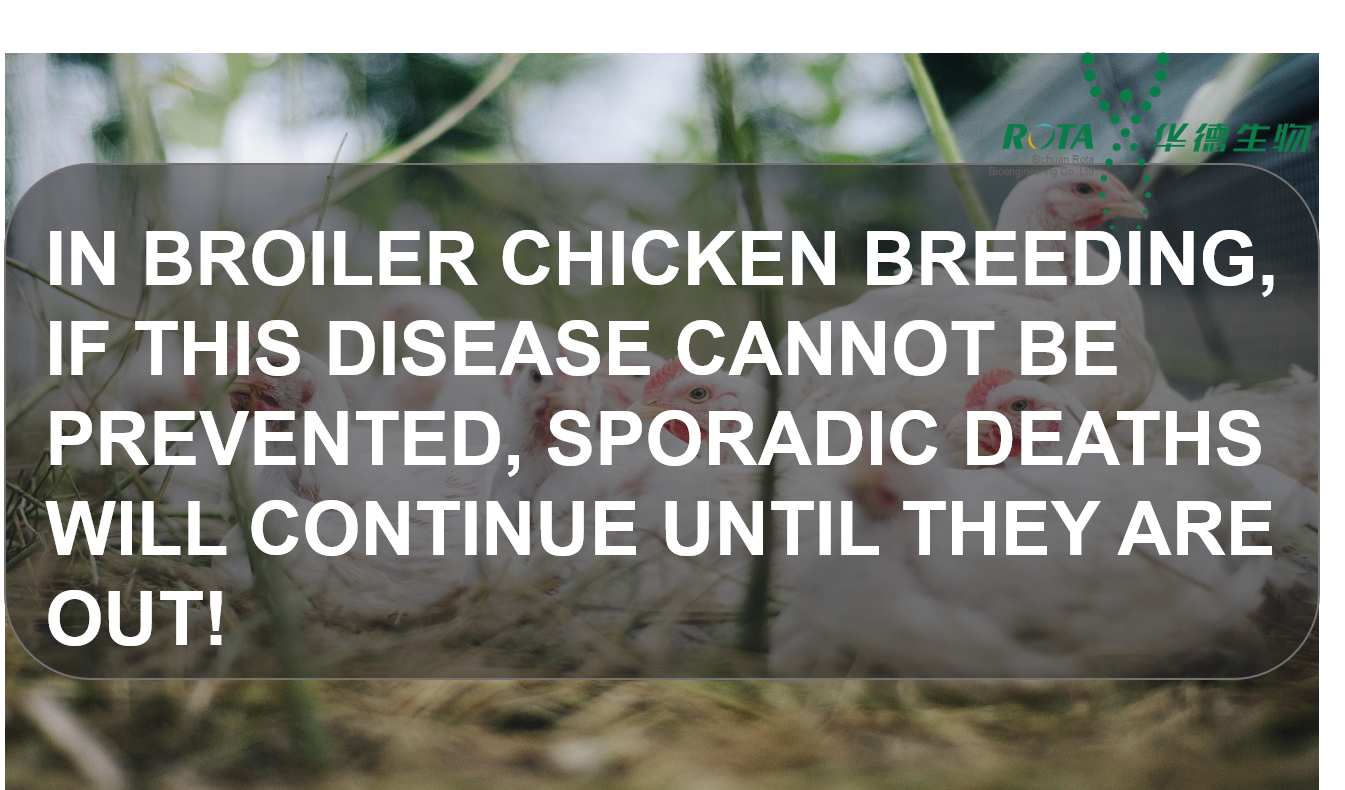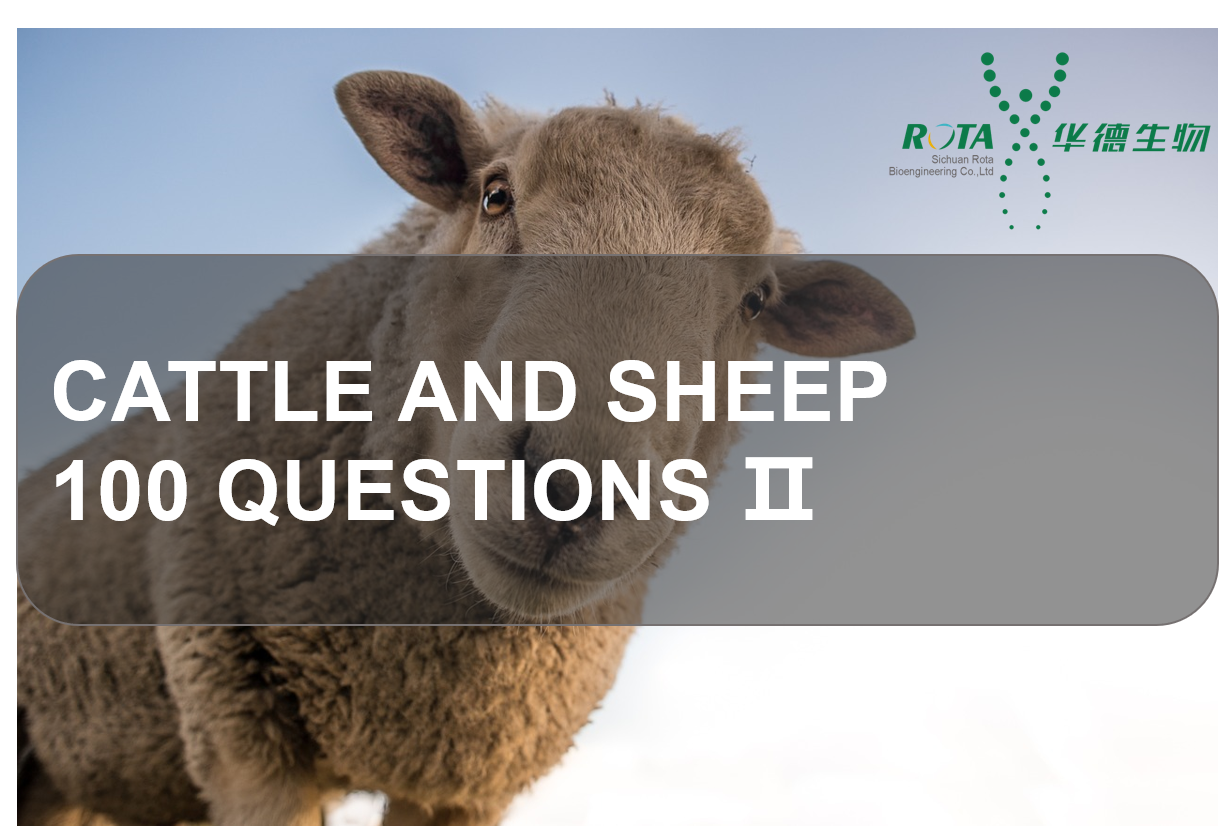| What is the Reference Standard for the Monthly Weight Gain of Fattening Cattle at Different Weight Stages in Actual Production? Fattening cattle are generally 250-700 kgs above stage The 1st stage:Transition period of 1 month(250-270 kgs) The 2nd stage:Skeleton growth stage 3.5 months(270-400 kgs) The 3rd stage:Fattening period 4 months(400-600 kgs) The 4th stage:Late fattening period 2 months(>600-700 kgs sold)
|
 Ensure the survival of fry is coming to a head! Disinfection prevention should be planed!
Ensure the survival of fry is coming to a head! Disinfection prevention should be planed!
 Discussing the Importance of Deworming Beef Cattle
Discussing the Importance of Deworming Beef Cattle
 In Broiler Chicken Breeding,If This Disease Cannot Be Prevented,Sporadic Deaths Will Continue Until They Are Out!
In Broiler Chicken Breeding,If This Disease Cannot Be Prevented,Sporadic Deaths Will Continue Until They Are Out!
 Cattle and Sheep 100 Questions Ⅱ
Cattle and Sheep 100 Questions Ⅱ